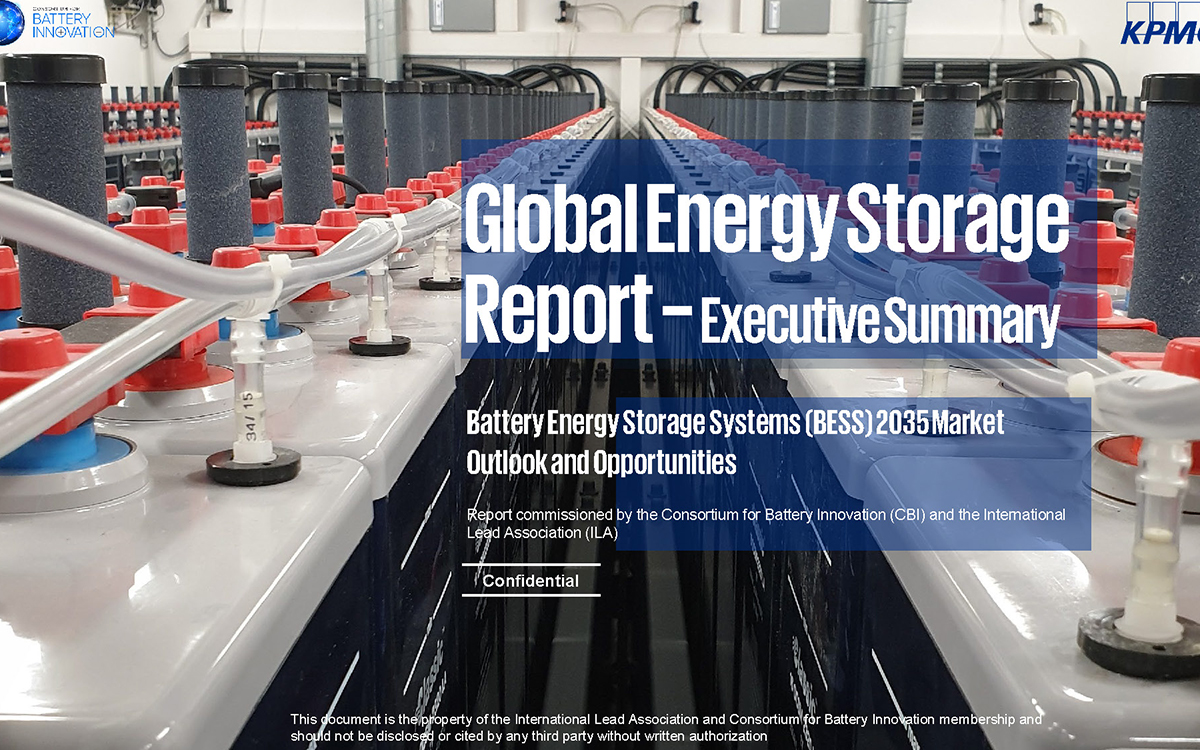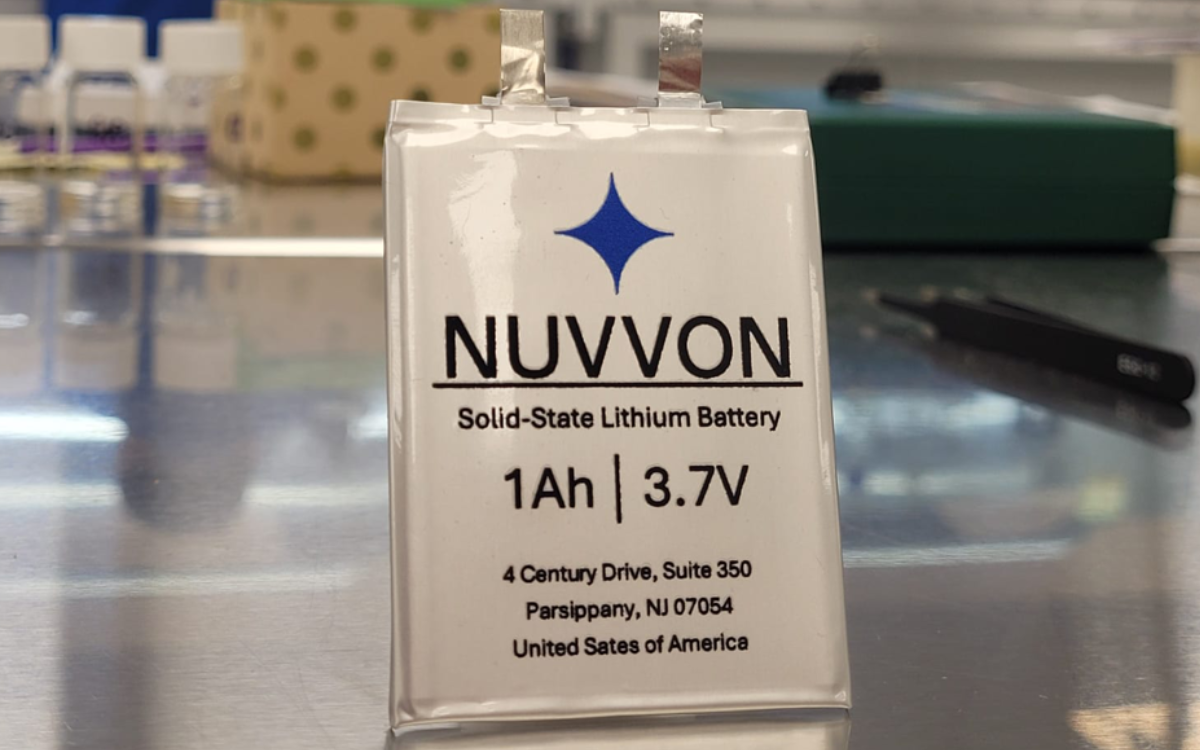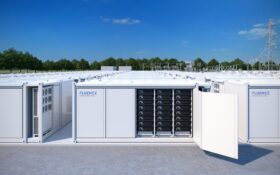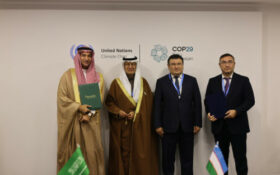It's depressing to learn of a company going bankrupt, but it's not always the end of the road— certainly not in the USA. Flywheel manufacturer Beacon Power filed for bankruptcy more than 18 months ago, but its technology was solid so an investment company snapped it up and is steering the company to success. Ruth Williams spoke to CEO Barry Brits about the past, present and future of the company.
Beacon Power developed a flywheel energy storage system for integration into the grid for frequency stabilisation. The company had initial success but ran into financial . . .
to continue reading this article...
Sign up to any Premium subscription to continue reading
To read this article, and get access to all the Premium content on bestmag.co.uk, sign up for a Premium subscription.
view subscription optionsAlready Subscribed? Log In











